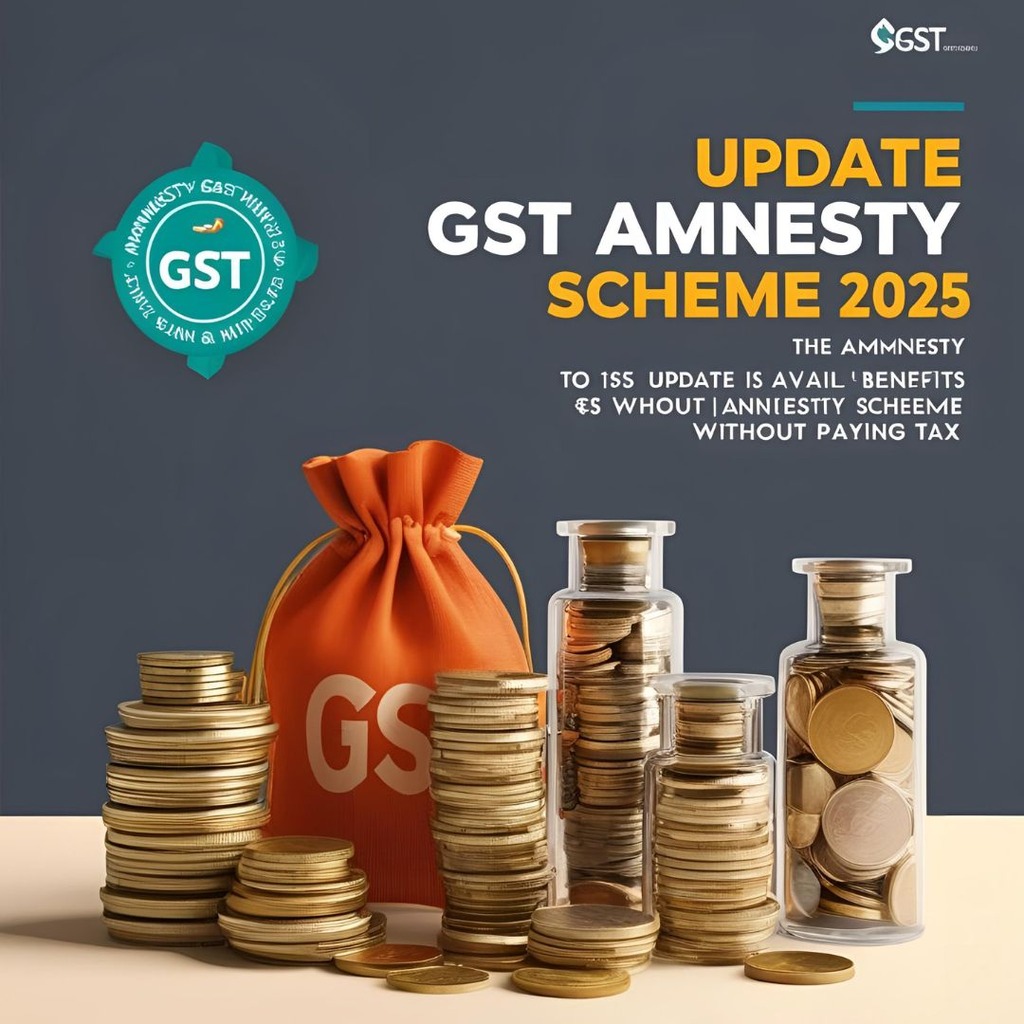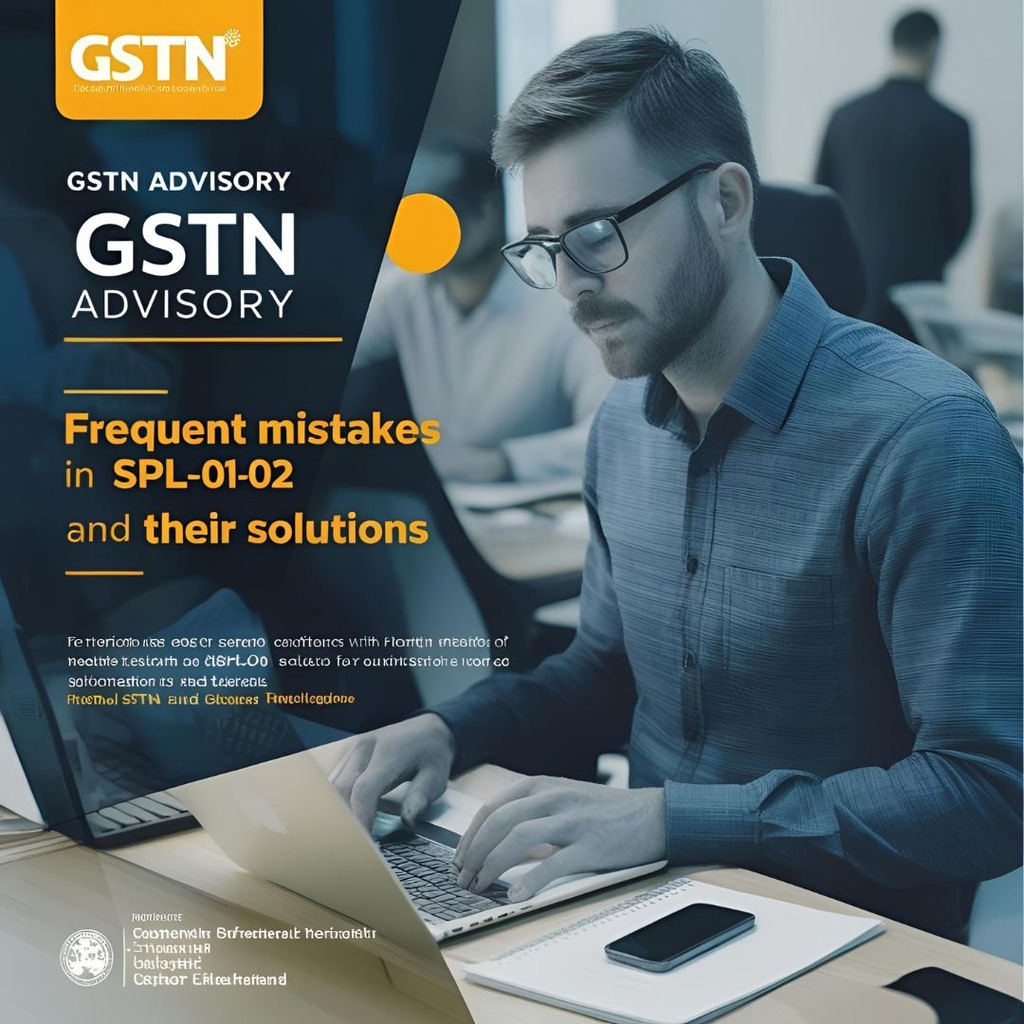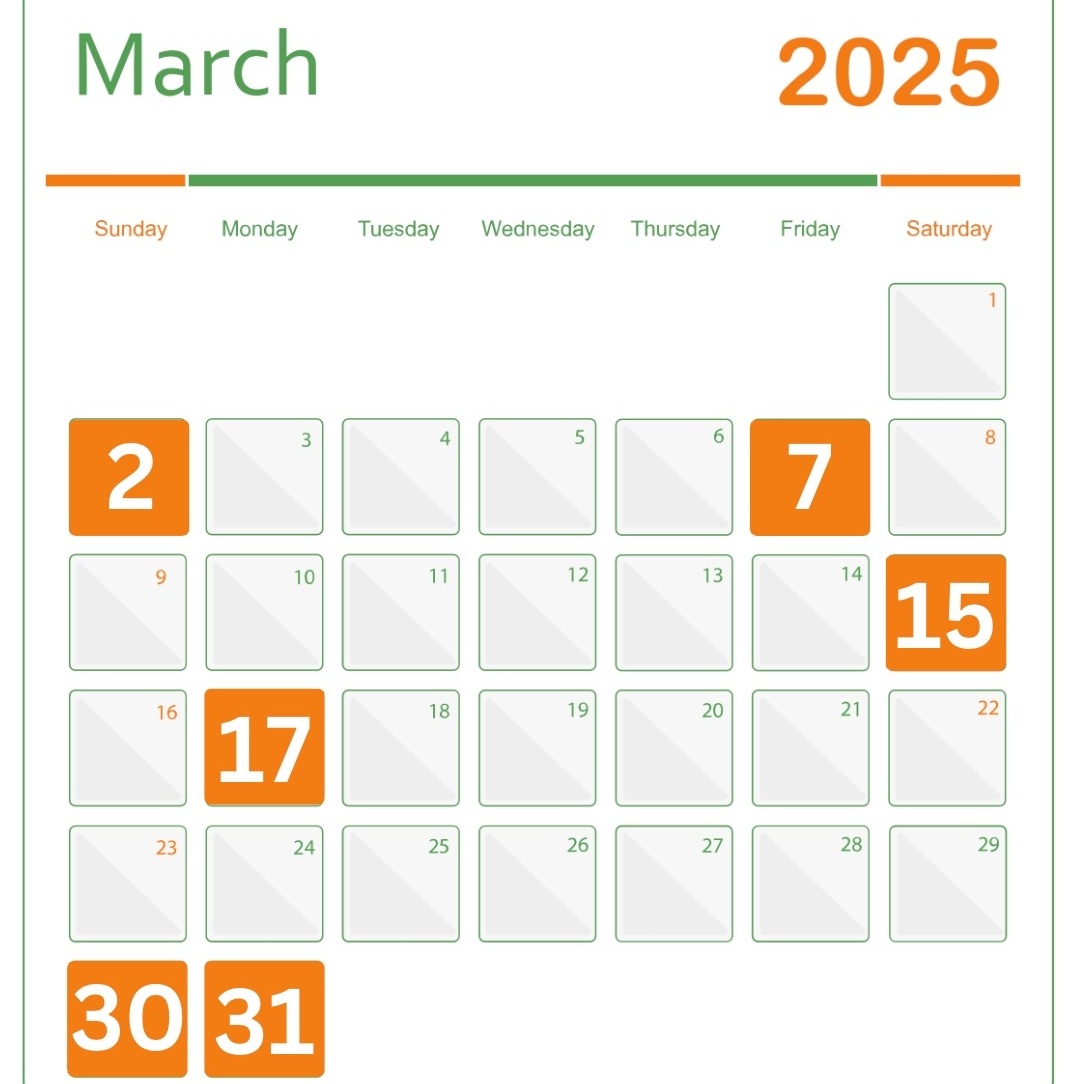GST Amnesty Scheme 2025: New Update – Avail Benefits Without Paying Tax
The Government of India, through the Finance Ministry and the Central Board of Indirect Taxes and Customs (CBIC), has introduced a GST Amnesty Scheme 2025. This scheme provides relief to taxpayers by waiving penalties and interest for certain past GST liabilities. The changes have been incorporated through Section 128A of the CGST Act, 2017, along with Rule 164 of the CGST Rules, 2017. The scheme applies to tax demands for the period from 1st July 2017 to 31st March 2020.
This article provides a detailed breakdown of the scheme, its eligibility criteria, benefits, procedural aspects, and clarifications issued by the CBIC through Circular No. 248/05/2025-GST and Notification No. 11/2025-Central Tax.
Key Highlights of the GST Amnesty Scheme 2025
- New Section 128A inserted into the CGST Act, 2017, allowing waiver of interest, penalty, or both for past tax demands.
- Rule 164 added to the CGST Rules, 2017, to provide procedural guidance for availing benefits.
- Applicable for tax demands raised under Section 73 of the CGST Act for the period 1st July 2017 to 31st March 2020.
- Taxpayers need to make payments using FORM GST DRC-03 or other prescribed methods.
- The scheme is effective from 1st November 2024.
Eligibility for Amnesty Benefits
As per Circular No. 248/05/2025-GST, the following categories of taxpayers can avail of the GST amnesty scheme:
- Taxpayers who have already paid tax through FORM GSTR-3B
- If the payment was made before 1st November 2024, it will be considered valid for amnesty.
- However, payments made after this date must be through FORM GST DRC-03.
- Taxpayers who have pending tax liabilities under Section 73
- They must pay their due tax to avail of interest and penalty waiver.
- Taxpayers who have filed appeals against consolidated adjudication orders
- If an appeal covers periods both inside and outside the amnesty period, the taxpayer can withdraw only the portion related to the amnesty period (FY 2017-18 to 2019-20).
Procedural Requirements
The scheme specifies clear steps for taxpayers to follow in order to claim amnesty benefits:
A. Payment of Tax Liability
- If the taxpayer already paid tax before 1st November 2024 via GSTR-3B, it will be considered valid.
- If payment is made on or after 1st November 2024, it must be done using FORM GST DRC-03.
B. Withdrawal of Appeals
- If a taxpayer has filed an appeal covering multiple financial years, they can partially withdraw the appeal for the period covered under Section 128A (FY 2017-18 to 2019-20).
- The appellate authority will continue proceedings for the periods beyond the amnesty coverage.
Key Clarifications from CBIC
The CBIC issued Circular No. 248/05/2025-GST and Notification No. 11/2025-Central Tax to clarify various issues faced by taxpayers:
A. Treatment of Past Payments (FORM GSTR-3B)
- Taxpayers who paid tax via FORM GSTR-3B before 1st November 2024 are eligible for amnesty.
- Post 1st November 2024, payments must be made through FORM GST DRC-03.
B. Appeal Withdrawal Process
- If an appeal covers both eligible (FY 2017-18 to 2019-20) and non-eligible periods, the taxpayer needs to:
- Withdraw the appeal for the eligible period.
- Continue the appeal for the non-eligible period.
C. No Refund for Taxes Already Paid
- No refund will be granted for taxes, interest, or penalties already paid before the introduction of Rule 164.
- If a demand notice covered both amnesty and non-amnesty periods, only the eligible period gets relief.
Changes Introduced in Rule 164 (via Notification No. 11/2025)
- Modification in Rule 164(4):
- Taxpayers must pay tax only for the period covered under Section 128A.
- Partial appeal withdrawal is allowed.
- Insertion of Explanation in Rule 164(4):
- If a demand covers both eligible and non-eligible periods, the taxpayer will not receive a refund for taxes already paid.
- Addition to Rule 164(7):
- Instead of withdrawing a full appeal, taxpayers can notify the appellate authority that they wish to withdraw only for the amnesty period.










